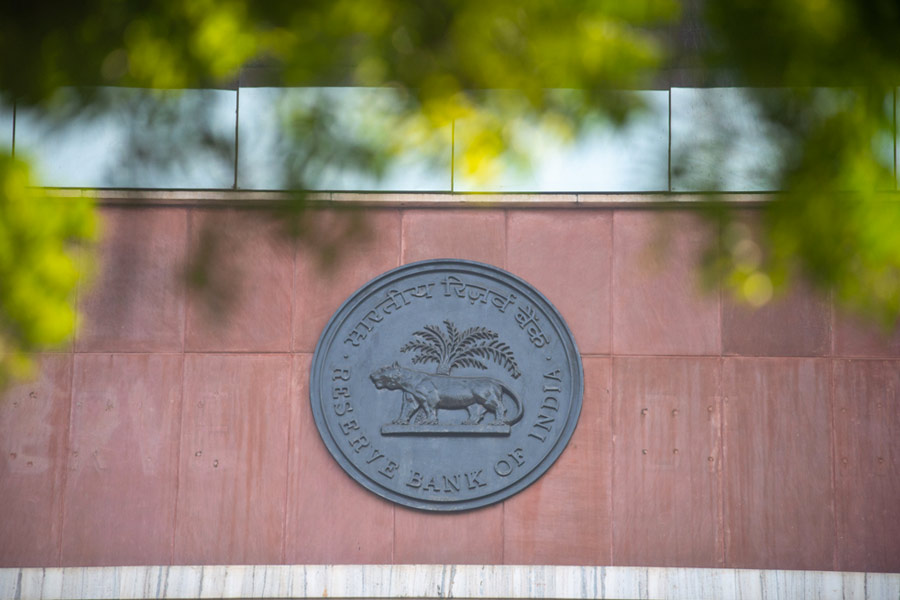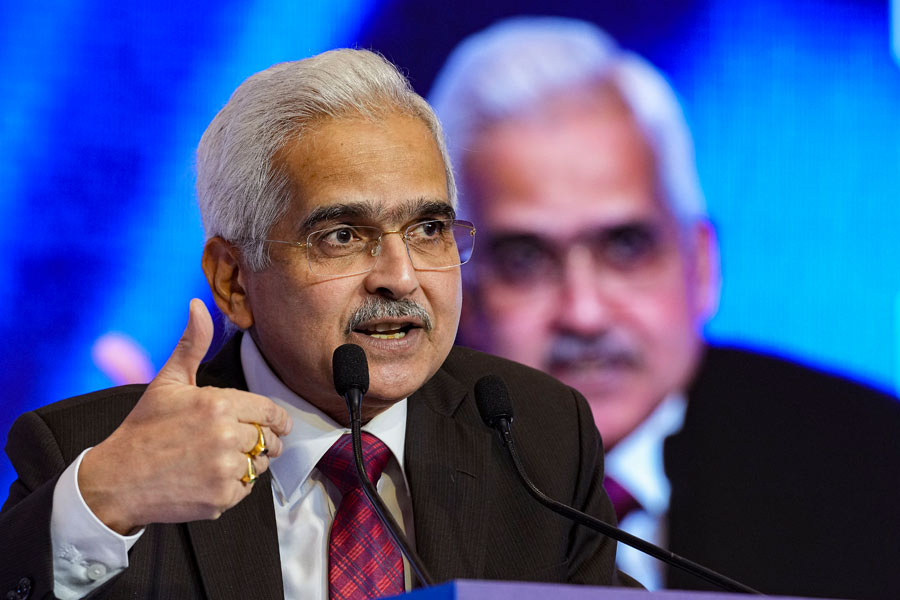The Reserve Bank on Thursday said it will come out with a framework allowing borrowers to switch to fixed interest rate from floating interest rate, a move that would provide relief to borrowers of home, auto and other loans reeling under the impact of high interest rate.
Unveiling the bi-monthly monetary policy, Reserve Bank Governor Shaktikanta Das said under the framework, to be put in place shortly, the lenders will have to clearly communicate with the borrowers about tenor and EMI.
"The supervisory reviews undertaken by the Reserve Bank and the feedback and references from members of public have revealed several instances of unreasonable elongation of tenor of floating rate loans by lenders without proper consent and communication to the borrowers," he said.
To address the issue, it is proposed to put in place a proper conduct framework to be implemented by all Regulated entities to address the issues faced by borrowers, he said.
"The framework envisages that lenders should clearly communicate with the borrowers for resetting the tenor and/or EMI, provide options of switching to fixed rate loans or foreclosure of loans, transparent disclosure of various charges incidental to the exercise of these options, and proper communication of key information to the borrowers," he said.
The detailed guidelines in this regard would be issued shortly, he said.
To enable the Infrastructure Debt Funds to play a greater role in financing of the infrastructure sector and to move towards the regulatory objective of harmonisation of regulations applicable to various categories of NBFCs, Das said a review of the extant regulatory framework for IDFs has been undertaken in consultation with the government.
The revised framework envisages withdrawal of the requirement of a sponsor for the IDFs; permission to finance Toll Operate Transfer projects (ToT) as direct lenders, access to ECBs; and making tripartite agreement optional for PPP projects, he said.
The Infrastructure Debt Fund was created as a separate category of NBFCs in 2011.
With rapid progress in digitalization, Das said India has embraced the concept of digital public infrastructure which encourages FinTech companies and startups to create and provide innovative solutions in payments, credit, and other financial activities.
For digital credit delivery, the data required for credit appraisal are available with different entities like Central and State governments, account aggregators, banks, credit information companies, digital identity authorities, etc, he said.
However, he said, they are in separate systems, creating hindrance in frictionless and timely delivery of rule-based lending.
To address this situation, a pilot project for digitalisation of Kisan Credit Card (KCC) loans of less than Rs 1.60 lakh was started in September 2022, he said.
The pilot tested end-to-end digitalisation of the lending process in a paperless and hassle-free manner. The KCC pilot is currently underway in select districts of Madhya Pradesh, Tamil Nadu, Karnataka, UP, Maharashtra and the initial results are encouraging.
The pilot also enables doorstep disbursement of loans in assisted or self-service mode without any paperwork. A similar pilot is being carried out for dairy loans based on milk pouring data with Amul in Gujarat.
Based on the learnings from the above pilots and to expand the scope to all types of digital loans, he said, a digital Public Tech Platform is being developed by the Reserve Bank Innovation Hub (RBIH).
The Platform would enable delivery of frictionless credit by facilitating seamless flow of required digital information to lenders, he said.
The end-to-end digital platform will have an open architecture, open Application Programming Interfaces (APIs) and standards, to which all financial sector players can connect seamlessly in a ‘plug and play’ model, he said.
The Platform is intended to be rolled out as a pilot project in a calibrated fashion, both in terms of access to information providers and use cases, he said, adding, it shall bring about efficiency in the lending process in terms of reduction of costs, quicker disbursement, and scalability.
Except for the headline, this story has not been edited by The Telegraph Online staff and has been published from a syndicated feed.












